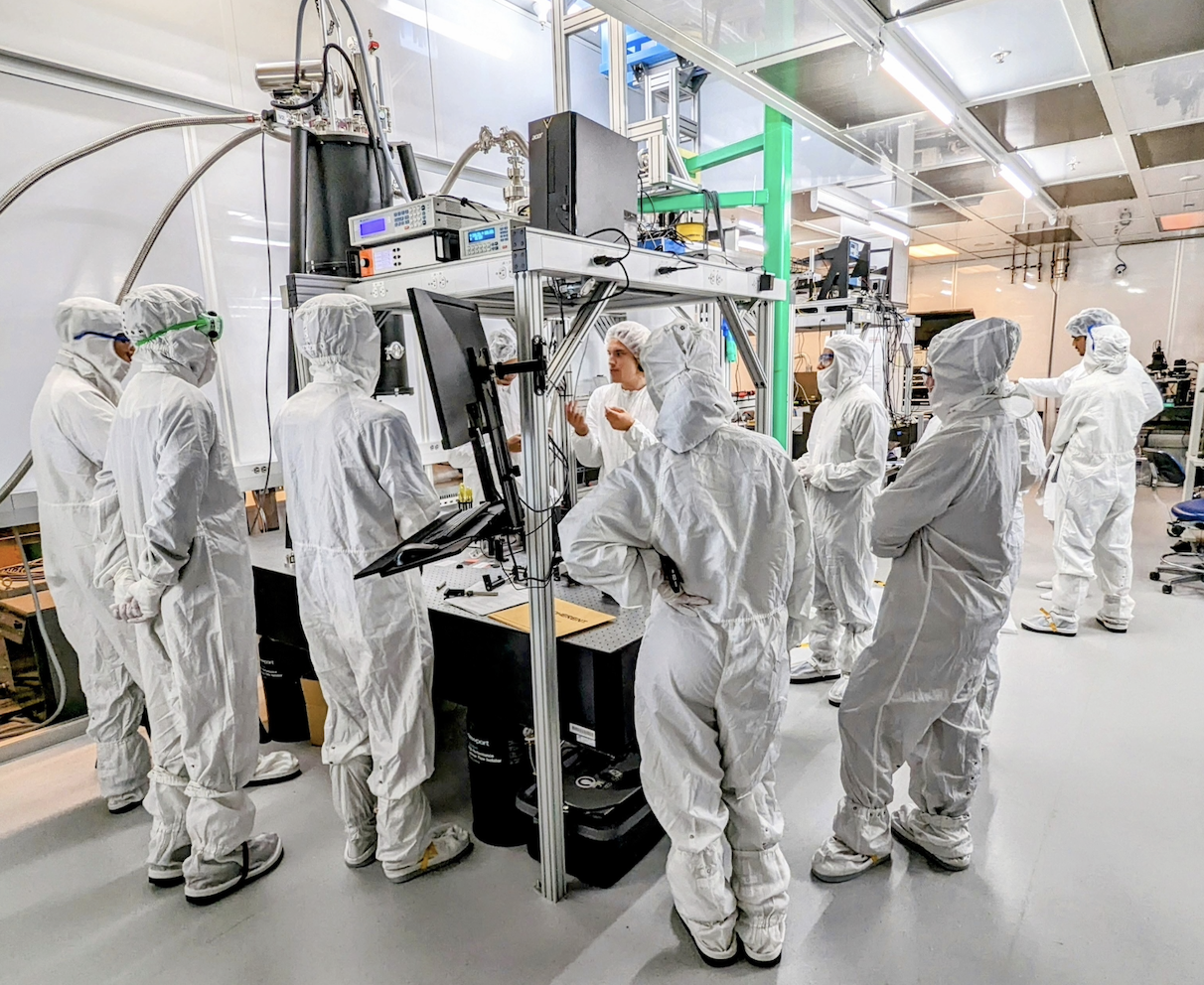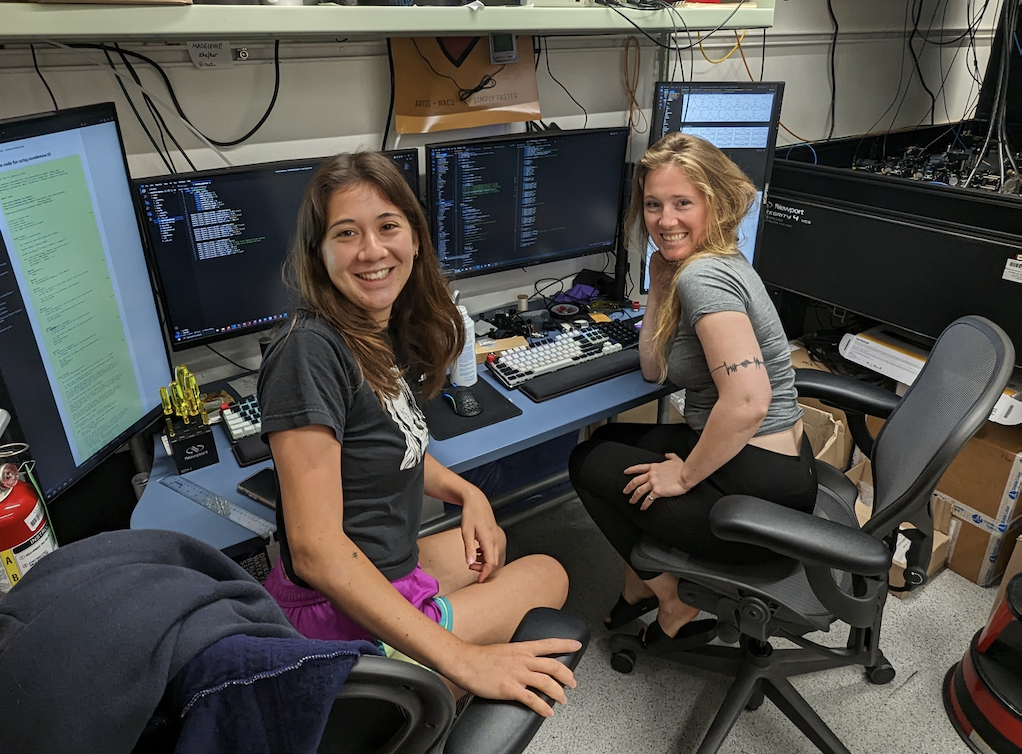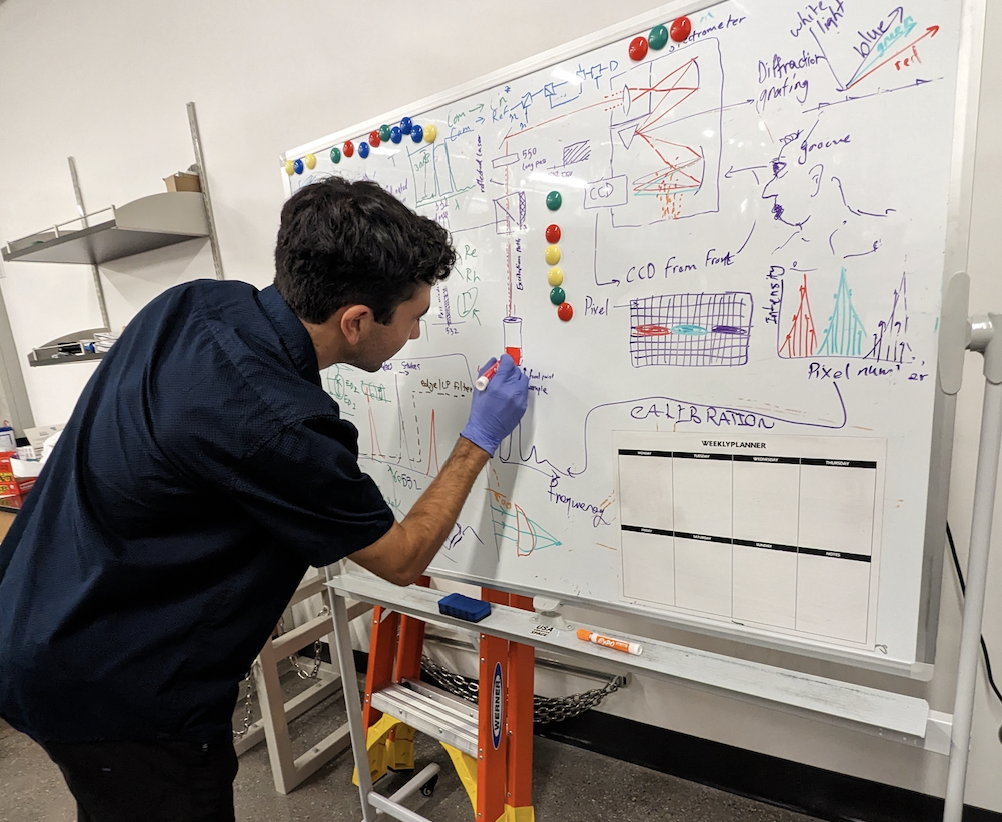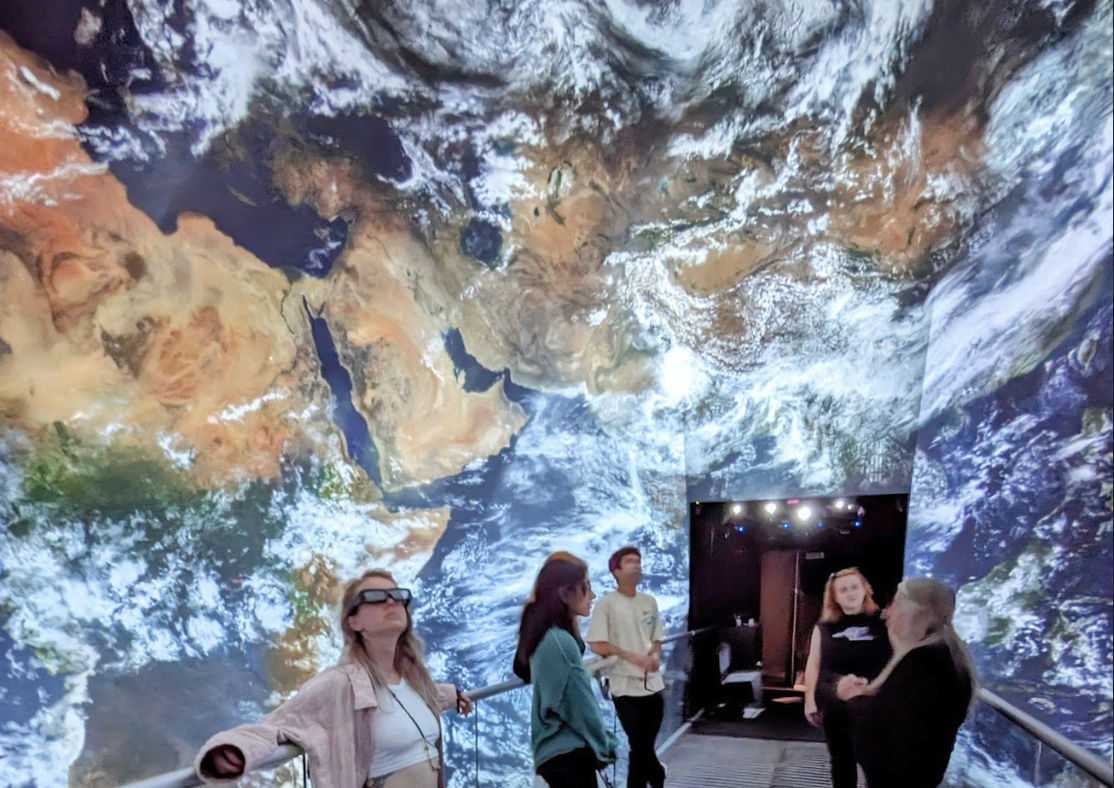Quantum Foundry 2023 Cohort of Undergraduate Research Interns
Quantum Foundry faculty, fellows, and associates welcomed the 2023 cohort of undergraduate research interns into their labs this summer and engaged them in 8-weeks of quantum research.

Quantum Foundry faculty, fellows, and associates welcomed the 2023 cohort of undergraduate research interns into their labs this summer and engaged them in 8-weeks of quantum research. Each undergraduate intern participated in a research project, engaged in scientific communication, broadened professional skills, expanded their network of faculty and industry, toured the cutting-edge shared laboratories, and learned about graduate school and career possibilities in quantum information sciences. Interns are recruited from California Community Colleges, California State Universities, and other primarily undergraduate institutions. Participants were mentored by Quantum Foundry faculty, postdocs, and graduate students throughout the 8-week program. Students benefited from the mentoring from the following PI groups: Mark Sherwin, Ania Jayich, Galan Moody, David Weld, Bolin Liao, and John Bowers.

At the conclusion of the 8-week program, students presented their research.
Cleo Lepart, a physics major at UC Berkeley was mentored by Madeleine Bow Jun Leibovitch, Professor David Weld. Her poster presentation was titled "Enhancing Magneto-Optical Trap Imaging Of Individual Potassium Atoms Through Graphical User Interface Integration". The purpose of her study was to address the growing demand for improved imaging techniques in magneto-optical traps (MOTs) to visualize individual potassium (K) atoms. By integrating a Graphical User Interface (GUI) into the imaging setup, we seek to enhance experimental control and data analysis, ultimately enabling more precise observation and manipulation of K atoms.

Andrew Allison, a physics major at UCSB was mentored by Joshua Castro, and Professor Galan Moody. His poster presentation was titled: "Exploring Material Absorption and Optical Nonlinearity of Aluminum-Gallium-Arsenide (AlGaAs) Ring Resonators" His research explored that ring resonators are integral to emerging photonic technologies, underpinning sensors that operate at the fundamental limit of precision, allowing for secure communication channels, and facilitating the scalability of quantum computers. AlGaAs, with its high third-order nonlinearity, enables a high rate of entangled photon pair generation. Since this generation rate is proportional to the cube of a ring’s Quality (Q) factor, understanding the constraints on this factor is vital, forming the core objective of this research. By leveraging the different scales on which the Kerr and photothermal effects operate, this study identifies the theoretical, material absorption-limited Q-factor for AlGaAs ring resonators. Our analysis indicates that the theoretical Q-factor limit falls below previously fabricated values, highlighting the need for deeper exploration and optimization of the methods used to calculate the obtained value. Given that AlGaAs ring resonators showcase promising characteristics, understanding their limitations and refining their fabrication processes to achieve optimal Q-factors remains a crucial future directive.

Students also toured the Allosphere in the CNSI building. The AlloSphere is a one-of-a-kind immersive instrument that is the culmination of 30 years of Professor JoAnn Kuchera-Morin’s creativity and research efforts in media systems and studio design. It is differentiated from conventional virtual reality environments by its seamless surround-view capabilities, ability to accommodate 30 or more people simultaneously in a shared virtual world with no loss of self, and its focus on multiple sensory modalities and interaction.